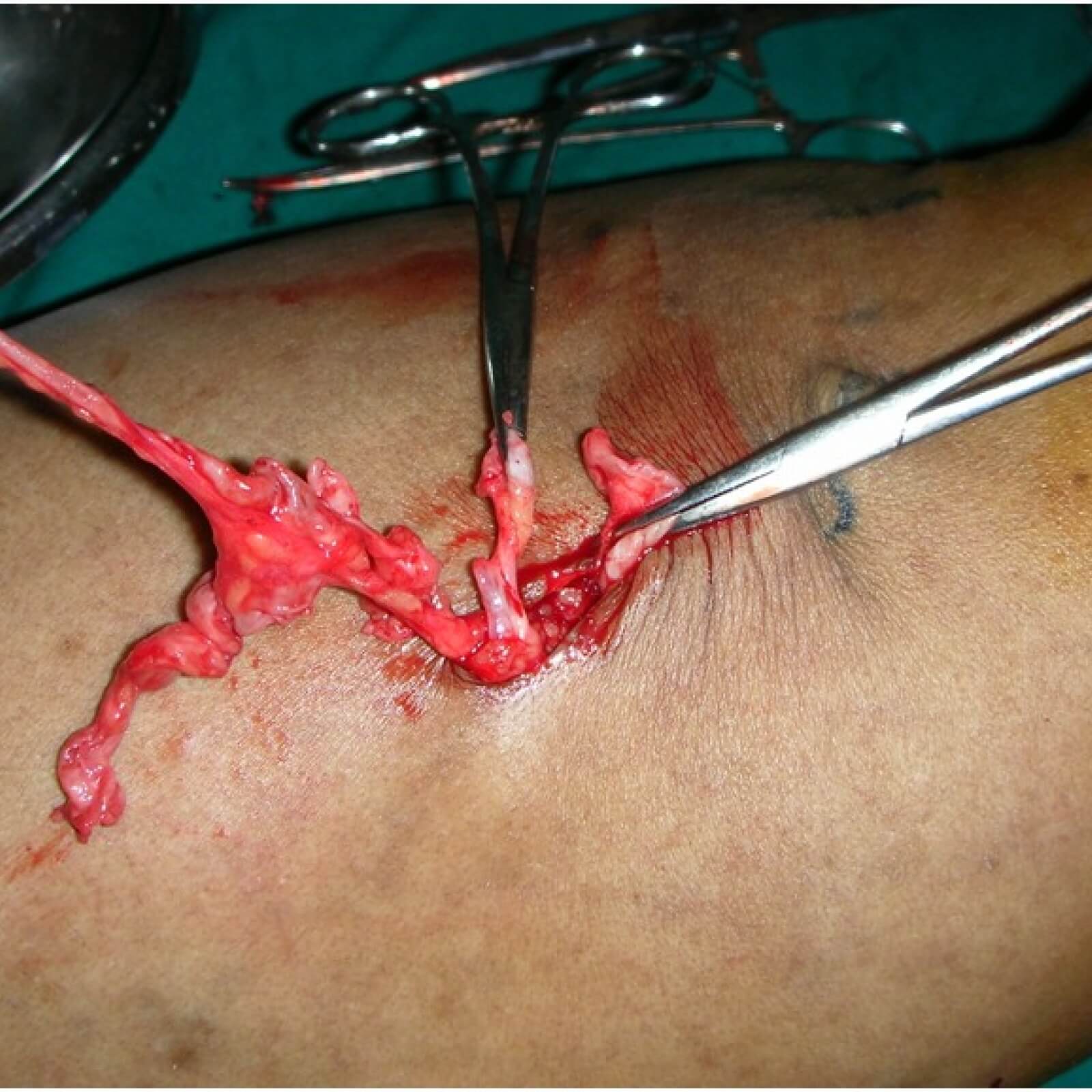- Varicose veins treatment in Kyiv
- Varicose veins treatment in Zaporizhzhia
- Edema and lymphostasis treatment
- Myths about varicose veins
- Massage and varicose veins
- Treatment of varicose veins with hydrogen peroxide
- Veins ache and pull blood vessels
- Can I treat varicose veins with pills?
- Treatment for varicose veins with leeches and bees. Benefit or harm?
- Is it possible to get rid of varicose veins with the help of gels and ointments?
- After 70 years, is it too late to treat varicose veins?
- Do mud baths help with varicose veins?
- Is it possible to get rid of varicose veins with compression knitwear?
- If you make an "open" operation - varicose veins will never appear again. Is it so?
- Are ugly scars and scars left after the operation to remove varicose veins?
- Is varicose veins treatment a long and painful process?
- Is it possible to get rid of varicose veins completely and forever?
- Varicose veins cannot be treated in the summer. Is it so?
- Do you need to go to a surgical hospital for vein surgery or not?
- After removal of varicose veins, the load on healthy veins increases. Is this so?
- Is it possible to play sports after surgery to remove varicose veins?
- Only the elderly suffer from varicose veins?
- Wearing compression hosiery causes muscle atrophy or not?
- Remove veins or not?
- How is the outflow of blood after vein removal?
- Thrombophlebitis treatment
- Nonresident patients
- All about varicose veins
- The risk of complications of varicose veins | Trophic ulcers and no panic
- Causes and symptoms of varicose veins
- Diagnosis of varicose veins
- Stage of development of varicose veins
- Gymnastics and prevention of varicose veins
- Diet for varicose veins
- Why is varicose veins dangerous?
- Treatment of varicose veins of the lower extremities
- Varicose veins and pregnancy
- Varicose disease - what will happen if not treated?
- Varicose symptoms
- Complications of endovenous treatments
- Post-thrombotic disease
- What is phlebology?
- Complications of varicose veins
- All about sclerotherapy
- Vascular diseases
- Treatment results in AngioLife
- Questionnaires and tests for patients and doctors
- For doctots
- Public contract
Classic open surgery
- Home
- All about varicose veins
- Classic open surgery

Classical phlebectomy (removal of varicose veins, venectomy, Backcock phlebectomy, Troyanov’s, Linton’s operation, Narat phlebectomy, etc.) is a surgical procedure that was developed over a hundred years ago and is still used in many public and private medical institutions. institutions. Since this operation takes place under general or spinal anesthesia, there is always a risk of complications, therefore, classical phlebectomy should be performed only in medical institutions where there are intensive care units. The operation is performed as follows: first, an incision is made in the groin or under the knee and a vein (large or small saphenous) is secreted, then a metal probe (string) is inserted into the vein, one end of the vein is attached, and through the other incision on the leg, the varicose vein is “pulled out” . Individual varicose veins are removed, also from individual sections. In general, this operation is not bad and effective, but very traumatic. On the first day after a classical phlebectomy, patients lie down and do not get up for about a day, since this time anesthesia still exists and there is a risk of complications. Usually, after an open phlebectomy, it is necessary to stay in the surgical hospital for at least 3-4 days, in some cases a little longer. Postoperative edema due to damage to the lymphatic vessels can persist for up to 3 months, and with damage to sensitive nerve fibers, numbness of the inner thigh and lower leg can last up to 6 months. Almost always, after an open phlebectomy, “large” hematomas form on the thigh due to the “torn away” inflows from the large saphenous vein.

The main disadvantages of open surgery:
- Narcosis and all its possible consequences
- Large cuts and seams
- Bed rest in a surgical hospital (risk of deep vein thrombosis)
- Swelling and hematomas on the lower limb
- Possible numbness and paresthesia of the thigh and / or lower leg
- The need for strong antibiotics and antiseptics to prevent suppuration of sutures
- "Ugly" scars (scars) after removal of stitches
Classical phlebectomy was replaced by microflebectomy techniques according to Muller, Creton, Oesch, Varady and others, which were modified over time and improved surgical instruments. These manipulations are performed without anesthesia, under local "tuminescent" anesthesia through micro-punctures in the skin up to 2 mm. and under constant ultrasound monitoring.
In the AngioLife vascular center, only minimally invasive methods of treating varicose veins are used: endovenous laser coagulation, radiofrequency obliteration, microflebectomy, sclerotherapy, etc. All manipulations are performed strictly according to the protocols of European phlebological clinics in compliance with international recommendations of the associations of phlebologists and vascular surgeons.
